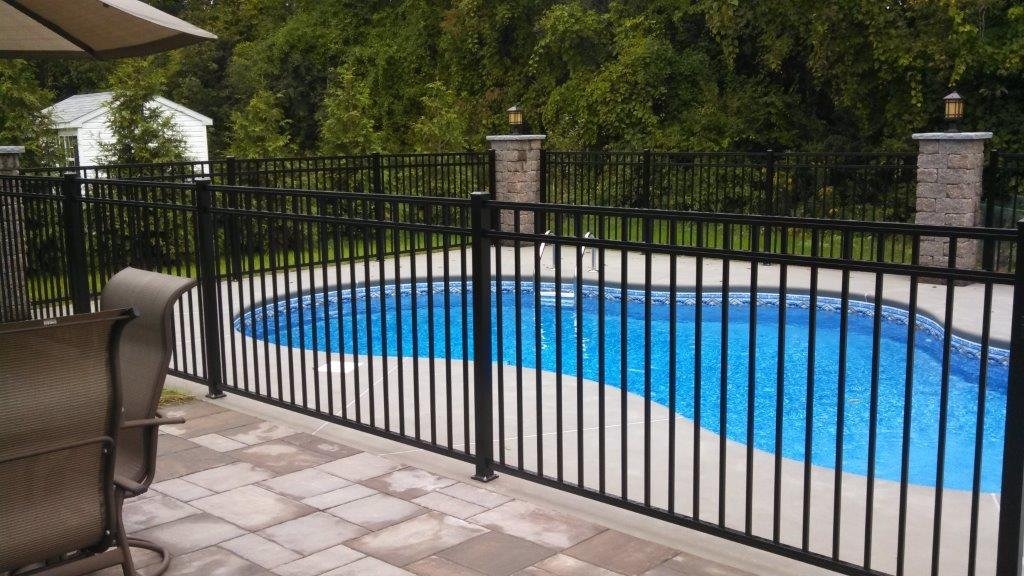
Pools don’t last forever — especially those that are in near-constant use, such as the pools of South Florida. With little downtime, there is constant wear and tear on your pool’s surfaces. Walls and bottoms can become worn thin, pitted, and even damaged by the chemicals in the water, the continuous temperature changes, and the constant glare of the sun.
Signs of Pool Surface Damage
In addition to big problems like leaks or chipping, signs that your pool could use resurfacing include worn areas in paint, pebbling or indentations in the walls and bottoms, and tiny cracks appearing near ladders, rims, drains, and other places.
Water discoloration also could be a sign that the pool’s surface is wearing out. This can be caused by the subsurface seeping through into the pool water faster than the filter can collect and recycle it. If left untreated, subsurface leaks can lead to serious problems such as mold formation, algae blooms, and others that can put your family’s health and safety at risk.
Pool Resurfacing
The best way to tell if your pool needs resurfacing is to ask an expert. At Eagle Pools, we have been helping homeowners rejuvenate and restore aging pools throughout South Florida.
We are experienced at replacing fiberglass, plaster, and even tile pool surfaces safely, efficiently, and affordably. Now you never have to worry if your pool surface is eroding or damaged. Simply call the pool resurfacing experts at Eagle Pools and we can give you an honest assessment of your pool’s current condition as well as options for correcting or repairing problems.
If you need pool resurfacing, you can rely on the experienced professionals at Eagle Pools.

